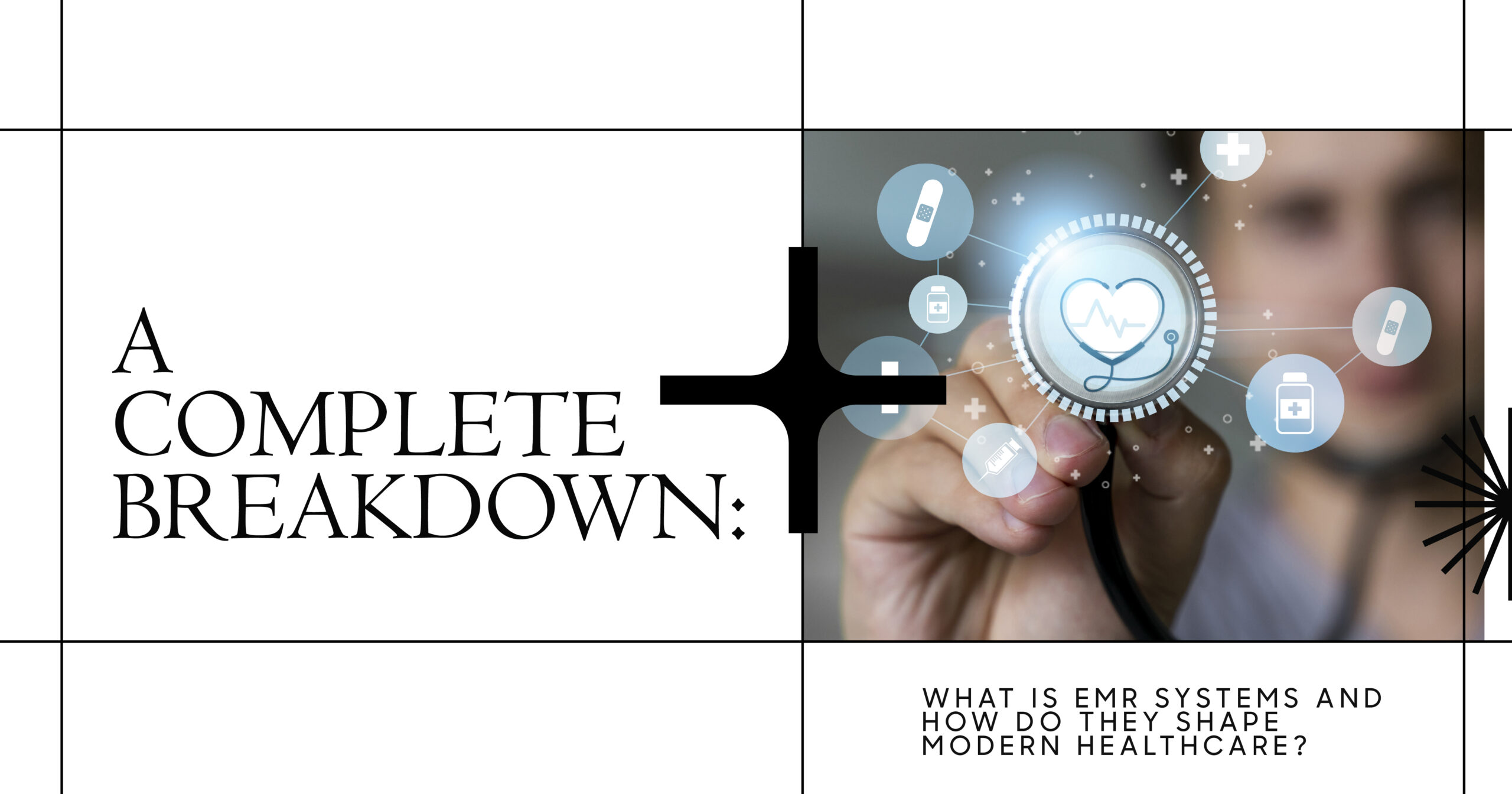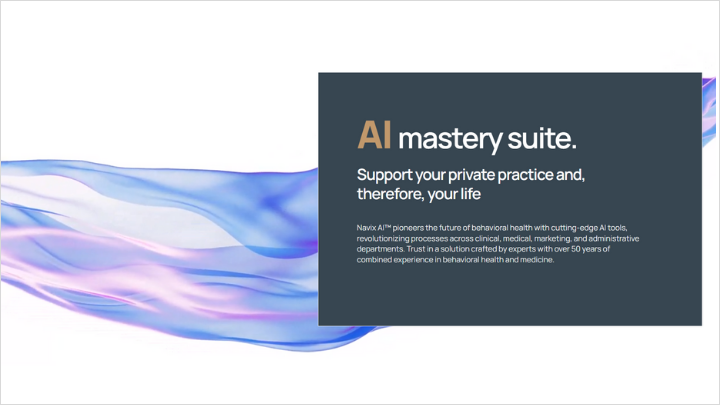Research shows that nearly half of all healthcare workers feel burnt out in their current roles, and many of them are debating switching jobs altogether. Burnout is a multifaceted problem without one single solution, but tedious clinical documentation can drive exhaustion, frustration, and apathy at all stages of one’s professional career.
In this article, we thoroughly address documentation burden and its subsequent causes and effects. We’ll also show you how you can optimize our dynamic electronic health record platform to streamline your routine paperwork.
What Is Documentation Burden?
Documentation is essential for treatment plans, tracking progress, and completing necessary insurance and billing forms. However, the growing volume of paperwork in modern healthcare can feel overwhelming and daunting.
Documentation burden refers to the intense effort expended on healthcare documentation. This burden can coincide with numerous adverse effects, including reduced quality of patient care, clinician burnout, and ineffective documentation. With more agencies and insurance companies upping documentation demands, mental health professionals need to look after themselves.
Documentation burden can also result from:
- navigating the complexity of modern billing and coding practices
- clear shifts from high-quality care to offering services that can be reimbursed by insurance companies
- stringent community mental health or grant requirements
- personal tendencies (procrastination, feeling unprepared to manage documentation, lack of professional support)
- sense of depersonalization or disconnection from paperwork, as it may feel like it’s more for the insurance company or agency than the benefit of the client or patient well-being
Documentation burden is a problem for both clinicians and patients alike. If you feel overwhelmed by paperwork, you may have less bandwidth to devote to patient care or treatment planning. Rushed or incomplete documentation can result in dangerous errors, which can result in healthcare miscommunication or potential harm to patient safety.
Addressing Documentation Burnout
Unfortunately, most companies haven’t made any documentation burden reduction efforts. The opposite tends to be true. To comply with clinical and regulatory demands, many agencies focus more on paperwork than they do on provider or patient satisfaction.
At Navix Health, we are addressing health worker burnout at the forefront. While, at times, paperwork may be a ‘necessary evil,’ leveraging your current systems and protocols can help you become more efficient with documentation.
Here are some tips to reduce your clinical documentation burden:
Optimize Your Electronic Health Record System
If you’re still using paper-based forms, it is likely time to consider switching to electronic health records (EHR). Online forms help you and your patients complete all necessary forms virtually and efficiently.
Unfortunately, many EHR platforms are clunky and not intuitive for clinicians. Inefficient EHR systems can contribute to resentment, frustration, and burnout. That’s why, at Navix Health, we are passionate about addressing the clinician documentation burden in every part of our platform. We achieve this by:
- having an extensive library of forms available
- offering the ability to customize forms based on your individual practice
- automating appointment reminders
- streamlining consent forms and insurance verification benefits
- providing ongoing support via our expert team
Leverage Technology to Your Benefit
Optimizing modern technology can dramatically benefit your clinical documentation and health records data. At Navix Health, we offer the following benefits in our platform.
Artificial intelligence: AI-powered tools can support everything from billing automation and coding to structuring documentation. Navix AI can help clinicians save up to 80% of time spent on documentation via automated summarization, assessment, and progress updates.
Voice recognition software: Voice dictation can increase your documentation rate and effectively reduce documentation burden. NavixScribe is a HIPAA-compliant, AI-powered toll that transcribes clinical sessions and writes optimized, formatted notes.
Natural language processing (NLP): NLP automatically integrates crucial information from human language to assist with keyword extraction, text summarization, and part-of-speech tagging. This can simplify documentation and streamline maintaining clinical records.
Consider Engaging in Collaborative Documentation
Although it has some limitations, collaborative documentation may increase clinician efficiency and reduce time spent documenting treatment. Some patients also prefer this method, as it promotes transparency. This may help them feel more involved in their process.
Establish transparent goals: Explain the purpose of collaborative documentation to your clients. Ensure they understand how it will augment their treatment. Define their role and let them know how their input will be integrated. This is key for establishing initial therapeutic goals.
Engage in collaborative goal-setting: Engage the client in determining their clinical goals and periodically review progress toward these goals together. Remain receptive to feedback and document progress accordingly in session notes.
Use accessible, user-friendly language: As much as possible, avoid excessive clinical jargon and ensure your client understands how and what you opt to document.
Remain flexible and adaptive: You may need to change documentation approaches based on your client’s specific preferences and comfort level. This should be taken into consideration throughout the treatment process.
Increase Your Documentation Pacing
Improving the pace and standard of your documentation may require adjusting some personal habits. Often, we overlook how certain inefficient practices waste valuable time. Here are a few strategies to consider:
Adopt a standardized format: Choose a consistent note-writing format, such as SOAP, DAP, or BIRP, and adhere to it for every note. This uniformity will streamline your documentation process.
Batch documentation tasks: Instead of sporadically trying to “find time” to complete paperwork, many professionals find it more efficient to dedicate specific blocks of time to focus solely on documentation. This approach can help maintain momentum and reduce the feeling of overwhelm.
Seek guidance from colleagues or supervisors: If you find it challenging to complete your paperwork efficiently, don’t hesitate to consult your supervisor or colleagues. They may offer valuable insights or strategies to help you improve your pace and overall efficiency.
Distribute documentation responsibilities: In a team-based care model, sharing documentation duties among team members can significantly reduce individual burden and prevent burnout. By collaboratively assigning specific documentation tasks to professionals such as nurses, physicians, and therapists, this approach can lighten your load and cultivate better communication and collaboration across the team.
Use a virtual assistant: Virtual assistants can help with numerous tasks, including booking appointments, calendar management, managing new inquiries, facilitating cancellations and rescheduled appointments, and client onboarding. They may also support insurance billing, including benefits verification, sending superbills, and processing copays. All of this can free up your time and give you much-needed peace of mind.
Augmenting Your Clinical Practice With Navix Health
At Navix Health, we prioritize clinician satisfaction by streamlining technology and documentation, so you can focus on what truly matters: your clients’ well-being. We offer transparent pricing and dynamic solutions to all mental health professionals.
Contact us today to schedule your complimentary, custom demo. We look forward to hearing from you!




